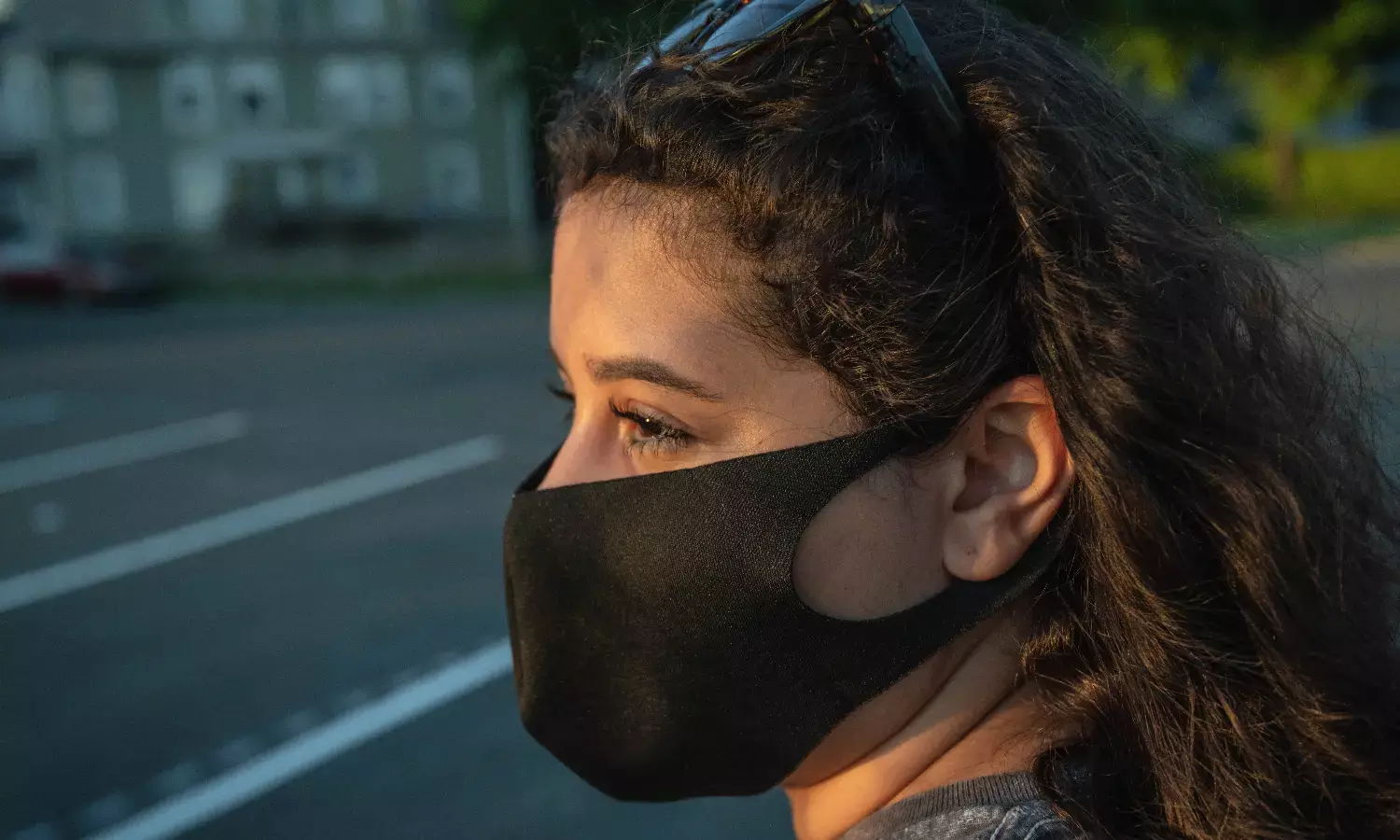No, COVID-19 Preventive Face Masks Don't Trap Carbon Dioxide
A Congress MLA, who also holds an MBBS, recently claimed that masks shouldn't be worn for long durations as people inhale the exhaled CO2

Photo Credit: Matt Moloney/Negative Space
Jharkhand Congress MLA Dr Irfan Ansari claimed, on January 11, 2022, that masks should not be worn for long period as one breathes in the carbon dioxide exhaled.
When asked by a reporter about why he wasn't following social distancing norms and wearing a mask at a programme, he said, "I am saying as an MBBS doctor that there should not be prolonged mask usage. On wearing masks, one inhales the same carbon dioxide they exhale, which isn't right."
This tweet has been archived here.
FactChecker looked at international health regulatory bodies' recommendations, researches and spoke to a doctor to verify Ansari's claim, which turned out to be misleading.
The Centers for Disease Control and Prevention (CDC) has, in its guidelines, clarified that wearing a mask does not raise CO2 level in the air one breathes. "CO2 molecules are small enough to easily pass through any cloth mask material. In contrast, the respiratory droplets that carry the virus that causes COVID-19 are much larger than CO2, so they cannot pass as easily through a properly designed and properly worn cloth mask," wrote CDC.
This was reiterated by Dr Gregory A Schmidt, an intensive care unit specialist affiliated with University of Iowa Hospitals and Clinics, when he spoke about the "misconception" that face masks impede one's breathing or make one retain carbon dioxide.
"In health, your oxygen saturation levels are in 95%-100% range. If you put on a mask, the saturation level will still be 97%-98%. Four hours in, it will still be the same," said Schmidt. "Similarly, normally CO2 level in blood is in 35-45 range. That's true with the mask and true without it."
The video shows a healthcare professional, who has been wearing a mask for six hours and yet her oxygen level is 99% and CO2 32, both of which are normal.
This holds true for patients with chronic obstructive pulmonary disease, according to a study conducted by researchers from Florida. They used a sample of 15 physicians without lung conditions and 15 veterans with severe chronic obstructive pulmonary disease to demonstrate the changes in end-tidal CO2 and oxygen saturation before and after wearing a surgical mask. They found that "gas exchange is not significantly affected by the use of surgical mask, even in subjects with severe lung impairment".
Moreover, scientists from the US and Singapore found that although there is increase in CO2 concentrations when wearing a mask, it's still within the NIOSH (National Institute of Safety & Health) limits. So, the scientists added, there should not be a concern in their regular day-to-day use for healthcare providers. Echoing this view, Dr Saami Shahbazker, a microbiologist in Mumbai said, "It is true that the CO2 levels increase [when masks are worn], but there's no harm as it's below the required concentrations of harm. Wearing masks causes no harm, but it has several positives and advantages."
The Florida researchers stressed on the fact that discomfort associated with mask use should not lead to unsubstantiated safety concerns as this may attenuate the application of a practice proved to improve public health.
FactChecker tried contacting Ansari via call and email, but had not received a response by the time of publishing this article. Whenever he responds, the clarification will be updated here.


